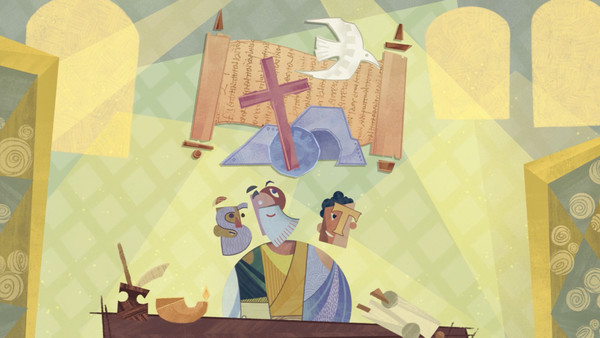
5:30

The New Testament includes 21 letters from early Christian leaders to Jesus’ followers in the ancient Roman world. While these letters offer rich theology and guidance to followers of Jesus today, understanding their historical and cultural context is essential to grasp their intended meaning.

Episode 19

Episode 1
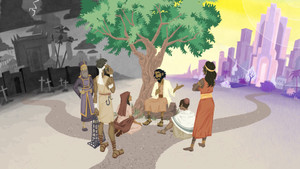
Episode 2

Episode 3
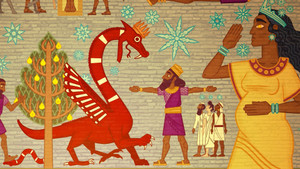
Episode 4

Episode 5

Episode 6
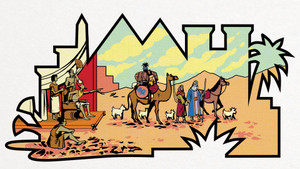
Episode 7

Episode 8

Episode 9

Episode 10
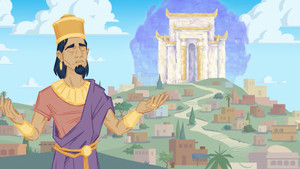
Episode 11

Episode 12

Episode 13

Episode 14

Episode 15
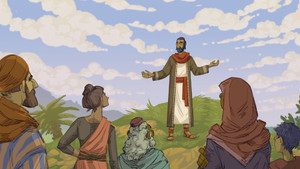
Episode 16

Episode 17

Episode 18

Episode 19